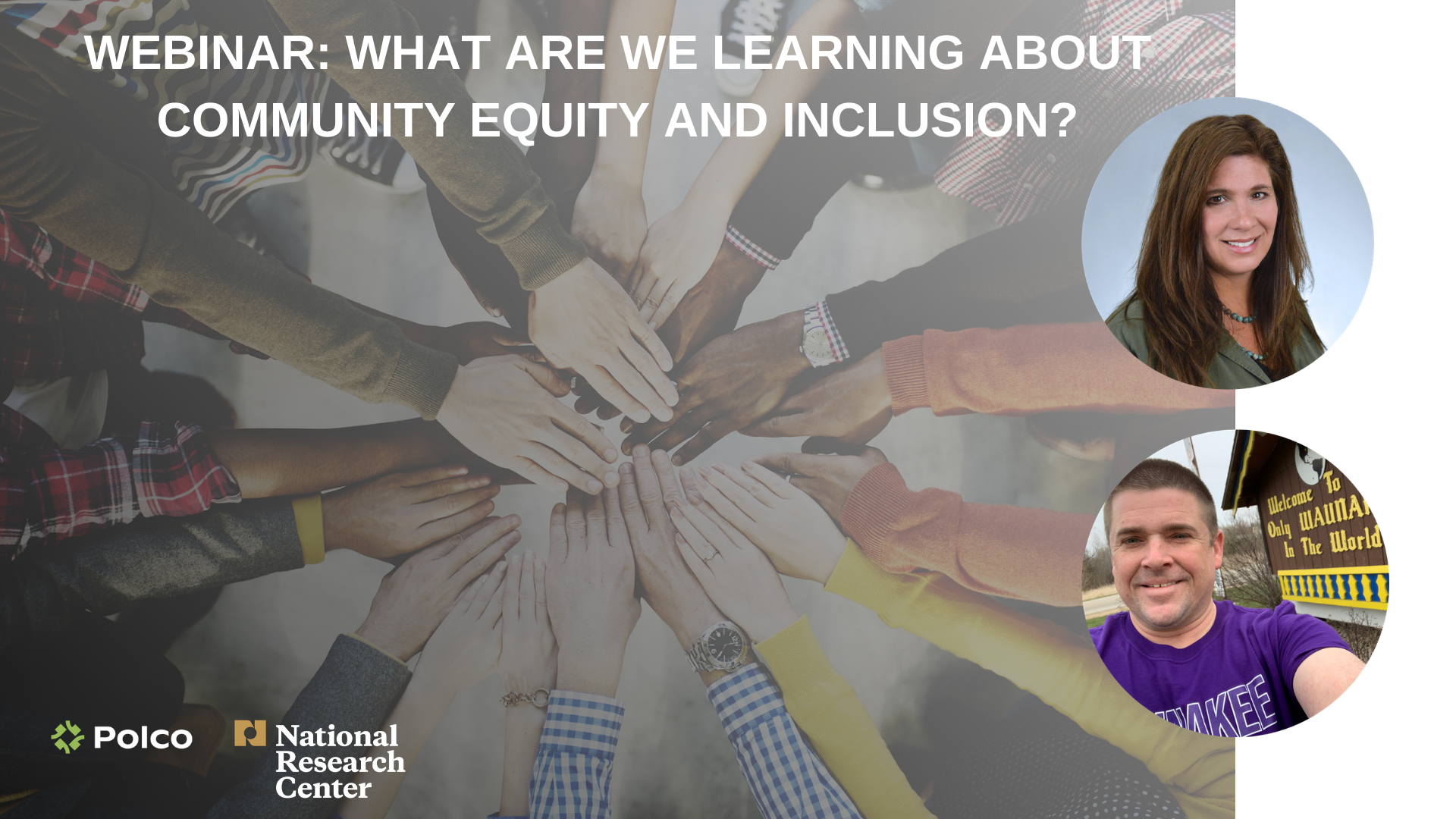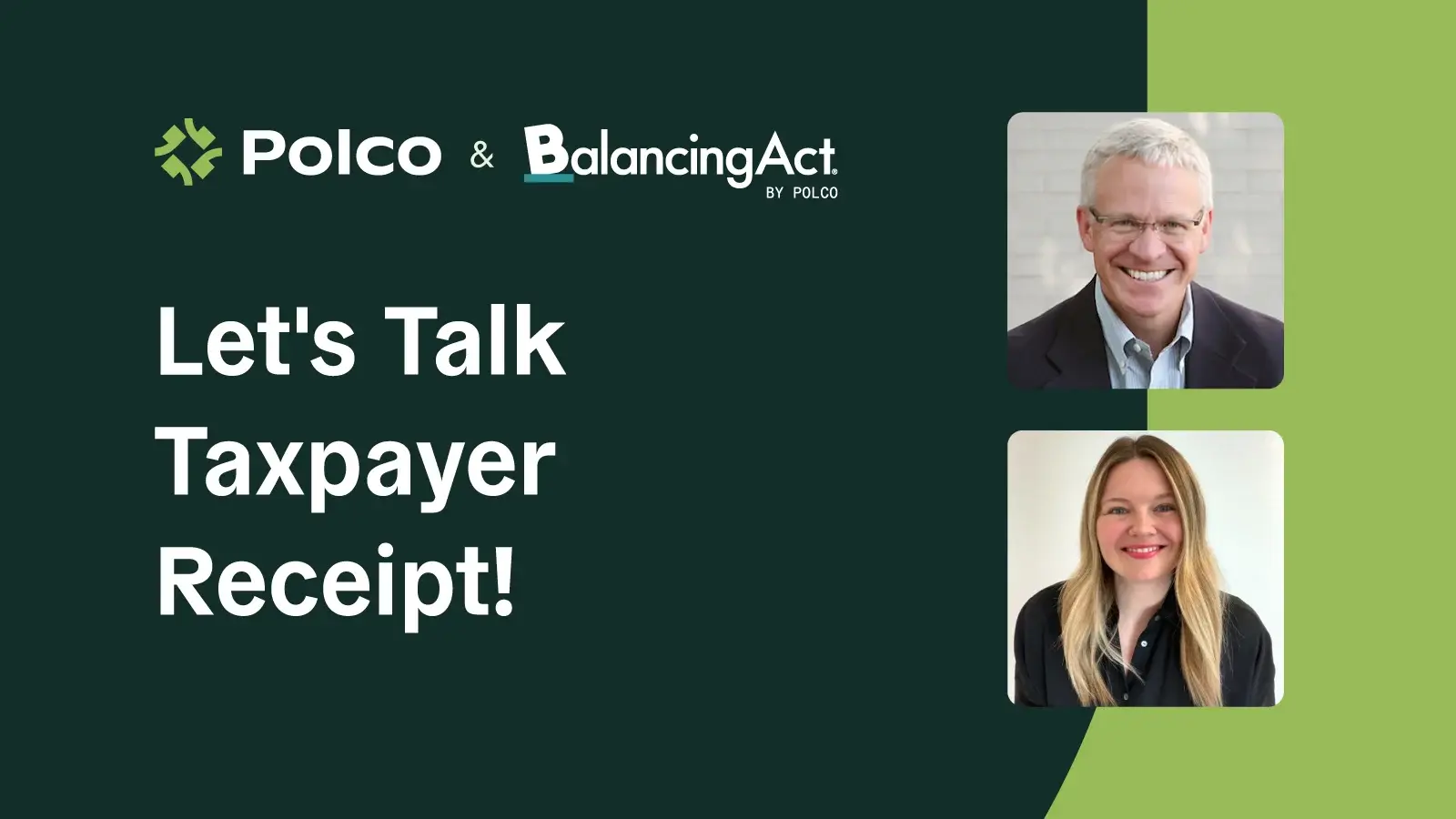What Local Government Leaders Should Know about Equity and Inclusion According To Residents
By Polco on September 25, 2020

How local governments can use surveys to increase equity and inclusion in their communities, plus highlights from a National Research Center at Polco survey.
In this year of a pandemic, mass unemployment, and riots calling for police reform, racial inequities have become increasingly magnified. But what can local government leaders do to better understand how inclusive their community is? And, how can they partner with underrepresented residents to shape policies that better serve all?
Polco created a Community Equity and Inclusion survey to assist local governments in elevating the voices of diverse community members.
Polco Sr. VP of Innovation Michelle Kobayashi and Waunakee, Wisconsin Village Administrator Todd Schmidt have firsthand experience with how to use surveys to increase a sense of belonging for all. They say survey data can help guide leaders in making more inclusive decisions.

The Purpose of the Community Equity and Inclusion Survey
The goal of the Community Equity and Inclusion Survey is to get a sense of a community’s strengths and weaknesses related to promoting a sense of welcoming for all. This helps a community to develop a baseline in order to better understand current state and track progress.
Community Equity and Inclusion Survey National Results
National Research Center at Polco aggregates Community Equity and Inclusion Survey data nationwide into a representative national data set.
The survey highlights that a majority of residents feel positively about inclusion and equity in their communities. A little more than half of Americans give good or excellent ratings to their communities in terms of making residents feel welcome, as well as providing equal opportunities and access.


However, disparities exist between different demographic groups related to how welcoming their community is. For example, while 80% of men, people who are white, and people of Christian faith think their community is very welcoming, 29% of people who are lower income and 32% of people who identify as transgender say their community is very welcoming.


Overall, residents feel that the most important local government priorities related to equity and inclusion include addressing social, economic and racial equity differences in the criminal justice system, health and education, and jobs/housing.

One Community’s Story
Waunakee, Wisconsin is a bedroom community of 14,000 people just outside of Madison, Wisconsin. With a population that is well over 90% white and mostly in a high socioeconomic bracket, Village Administrator Todd Schmidt admits that it is hardly a poster child for diversity.
However, when a few local teenagers recently committed a racist act, Schmidt knew it was time to act. The Village began to implement a number of interventions such as book talks, listening sessions, videos featuring the stories of Waunakee residents, and a partnership with the University of Wisconsin Madison.
Previously Waunakee had participated in Polco’s COVID-19 residential impact survey, which had been very helpful. Schmidt thought it would also be helpful to better understand how welcoming Waunakee is from the perspective of all residents, including the 10% non-white population. He wanted baseline data to track over time.
So Waunakee implemented the Community Equity and Inclusion Survey. The Village uses results from the survey to see how various interventions are working.
The Village also participates in the National Community Survey (The NCS), the gold standard in scientific benchmarking surveys. Waunakee will compare relevant results of The NCS to the Community Equity and Inclusion survey data. This will help them to understand gaps in equity to focus on.
“We are just at the start of this work [in Equity and Inclusion], but it’s the right work. It’s essential to good government,” said Schmidt.
Popular posts
Sign-up for Updates
You May Also Like
These Related Stories

Location, Location, Location!

Let’s Talk Taxpayer Receipts!

